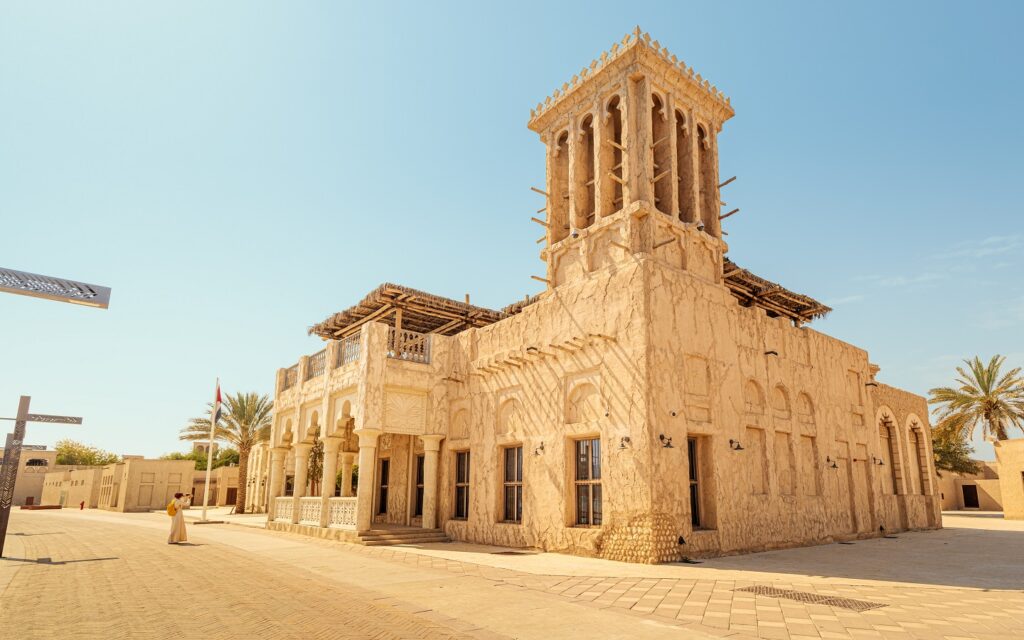 Share
Share
The real estate market in Dubai has experienced significant fluctuations over the past decades, influenced by a mix of local and global factors that have made it one of the most dynamic markets in the region. The market has gone through periods of boom and bust, where economic shifts intersected with regulatory decisions and ambitious strategies, leading to transformative changes and establishing the emirate as one of the world’s leading real estate hubs. To understand these changes, it is essential to trace the evolution of property prices in Dubai from the beginning of the millennium to the present day, culminating in an attempt to forecast the future of Dubai’s real estate market.

Since the start of the new millennium, the history of real estate price changes in Dubai has been closely tied to major economic transformations and bold government policies. Once confined to domestic demand only, the market underwent dramatic growth after foreigners were granted ownership rights, triggering rapid price surges. However, the market was not immune to global crises—particularly the 2008 financial crisis, which had a severe impact. Afterward, the market began a recovery journey. Over the past two decades, property prices have fluctuated due to a combination of local and global forces, and we will examine key phases in the following sections:
When analyzing Dubai’s real estate prices over recent decades, several factors emerge as particularly influential:
Before the turn of the millennium, Dubai’s real estate market was traditional and relatively small, primarily serving the needs of local residents. Most real estate transactions were limited to rentals or ownership within tribal or family frameworks. Foreign ownership was not permitted, and there were no large-scale development projects comparable to today’s global standards. The sector operated under direct government control, with few private development companies and no clear regulations governing real estate investment. Although some projects emerged in the 1990s, the market remained modest until fundamental changes occurred at the beginning of the 21st century.
The early 2000s marked a turning point for Dubai’s real estate sector, especially after laws allowing freehold ownership for foreigners were introduced in 2002. This move, combined with massive development projects like Palm Jumeirah and Burj Khalifa, attracted global investors. As a result, property prices—including apartments and villas—rose sharply between 2003 and 2007.

The outbreak of the 2008 global financial crisis directly affected Dubai, causing a major downturn in its real estate market. Property prices dropped by over 50% in certain areas, many construction projects halted, and a speculative bubble burst, delivering a shock to global capital markets and foreign investors. This phase exposed the market’s fragility, heavy reliance on external investment flows, and weaknesses in project oversight and regulation.
Starting in 2012, Dubai began restructuring its real estate market through stricter regulations and launching new infrastructure projects. This period brought relative price stability, followed by gradual growth until 2014. The market then entered a correction phase lasting until 2018, driven by rising supply and declining demand, which brought prices down to more realistic levels.
The hosting of Expo 2020 had a tangible effect on real estate, as demand gradually increased starting in 2019 in preparation for the event. Numerous new residential and commercial projects were launched, especially in areas near the expo site, such as Dubai South. Despite the event being postponed to 2021, the market maintained a steady recovery pace, supported by positive investor expectations.
As the COVID-19 pandemic spread, Dubai’s real estate market faced a temporary shock. Property prices declined during the first half of 2020, and sales slowed. However, Dubai quickly implemented effective measures to support the sector, including lowering bank interest rates and introducing government incentives. With global health conditions improving, signs of recovery appeared rapidly—marking a success story that reinforced Dubai’s global standing and affirmed its leadership role as a premier destination for real estate investment.
After the pandemic, the market entered a strong recovery phase fueled by increased demand from both local and international investors, especially from Europe and Asia. Property prices rose noticeably in many upscale neighborhoods, and activity returned to luxury properties and hotel-style apartments. The Golden Residence program and other government initiatives also helped attract foreign capital.
Experts predict that Dubai’s real estate market will see relative price stability in the coming years, with a slight upward trend in prime locations. The government is expected to continue regulating the market to prevent excessive speculation, while focusing on developing projects aligned with actual demand. Additionally, artificial intelligence and digital transformation are expected to play a key role in enhancing the property buying and selling experience.
We’ve provided you with a comprehensive overview of the evolution of real estate prices in Dubai through our platform, covering the key stages the market has passed through, the major shifts in pricing, and the underlying factors influencing volatility. You can explore our report on real estate investment in Dubai for the first half of 2025, and we invite you to browse our blog for a range of articles on topics such as the benefits of investing in Dubai real estate.
If you have any questions, feel free to leave them in the comments section below—we’ll be happy to respond. Don’t forget to subscribe to our weekly newsletter to stay updated on all the latest developments.










